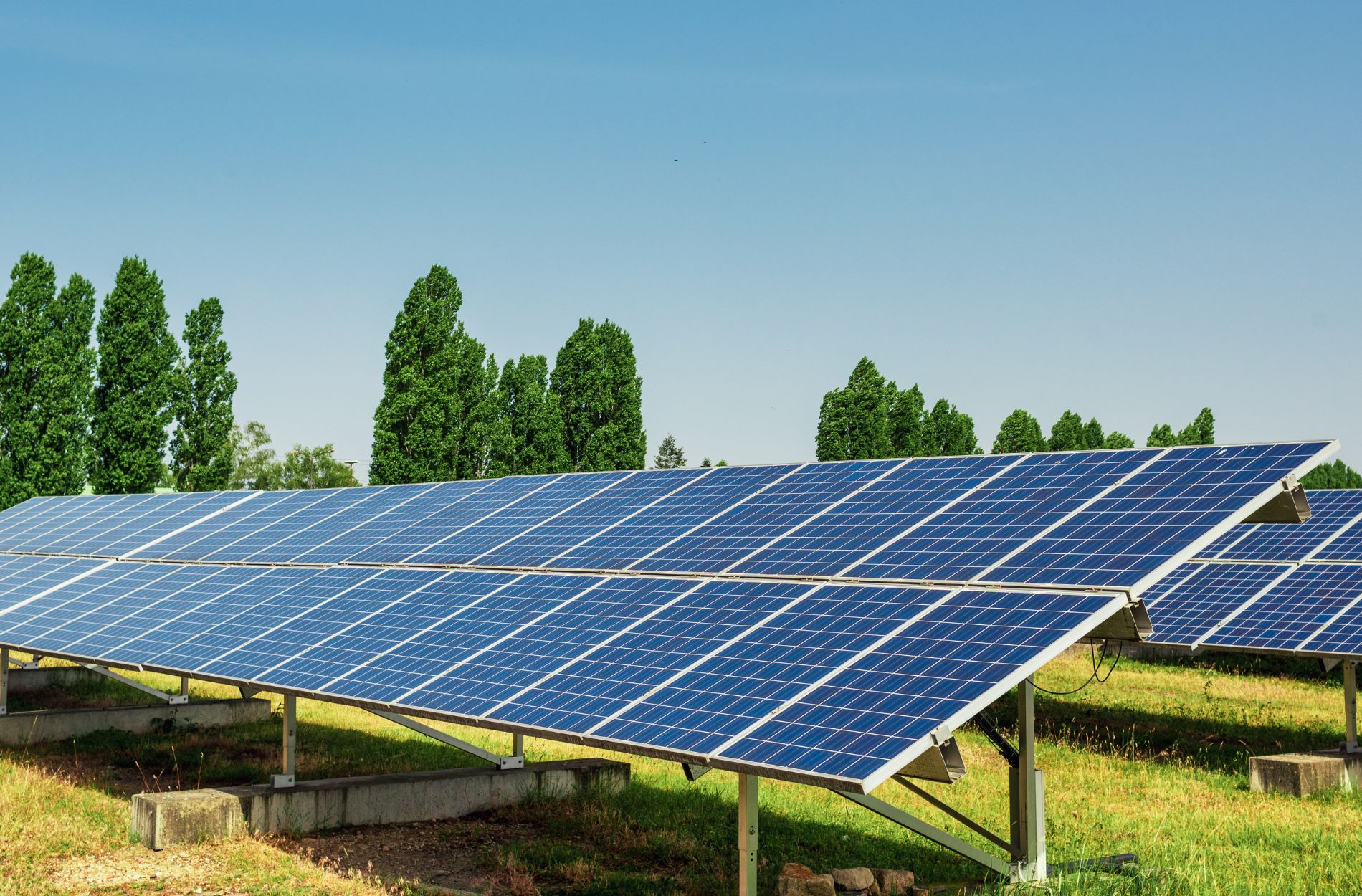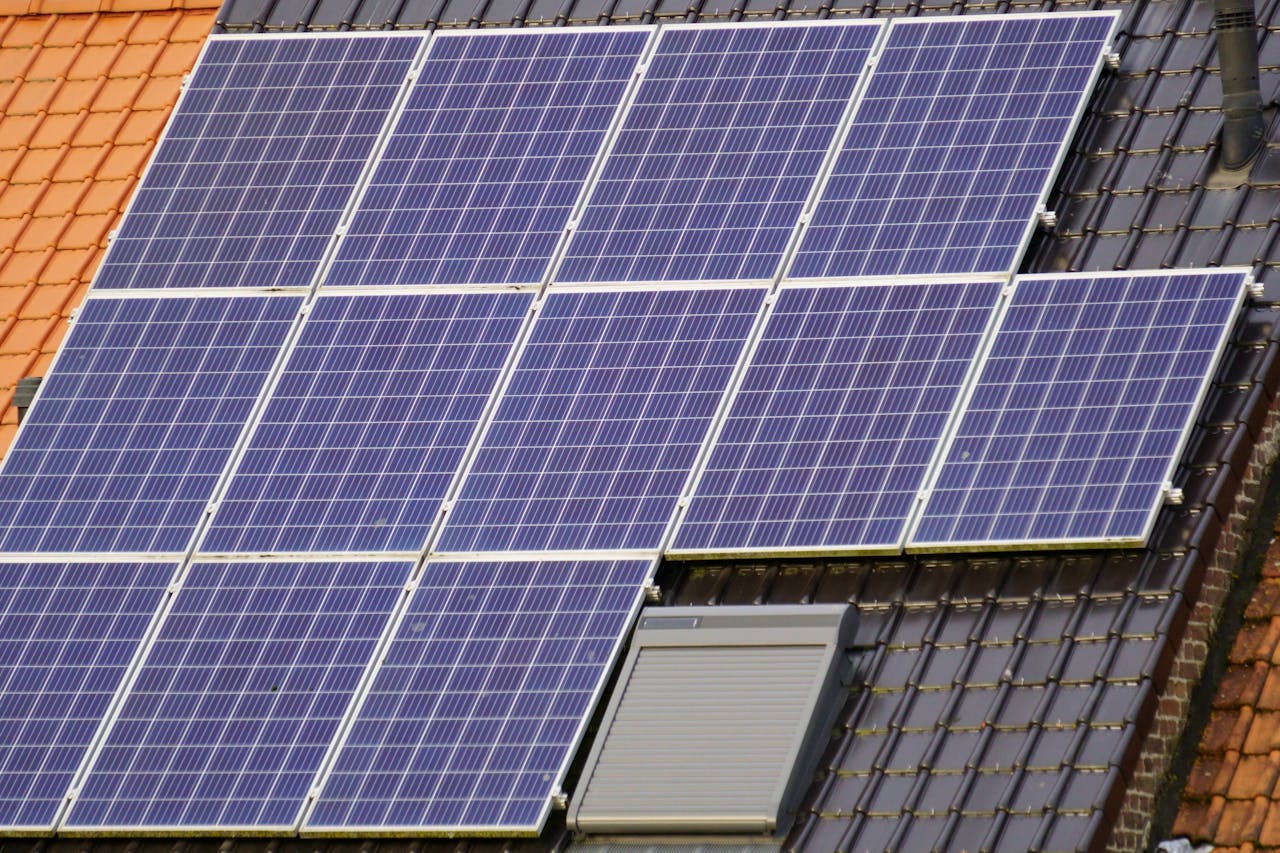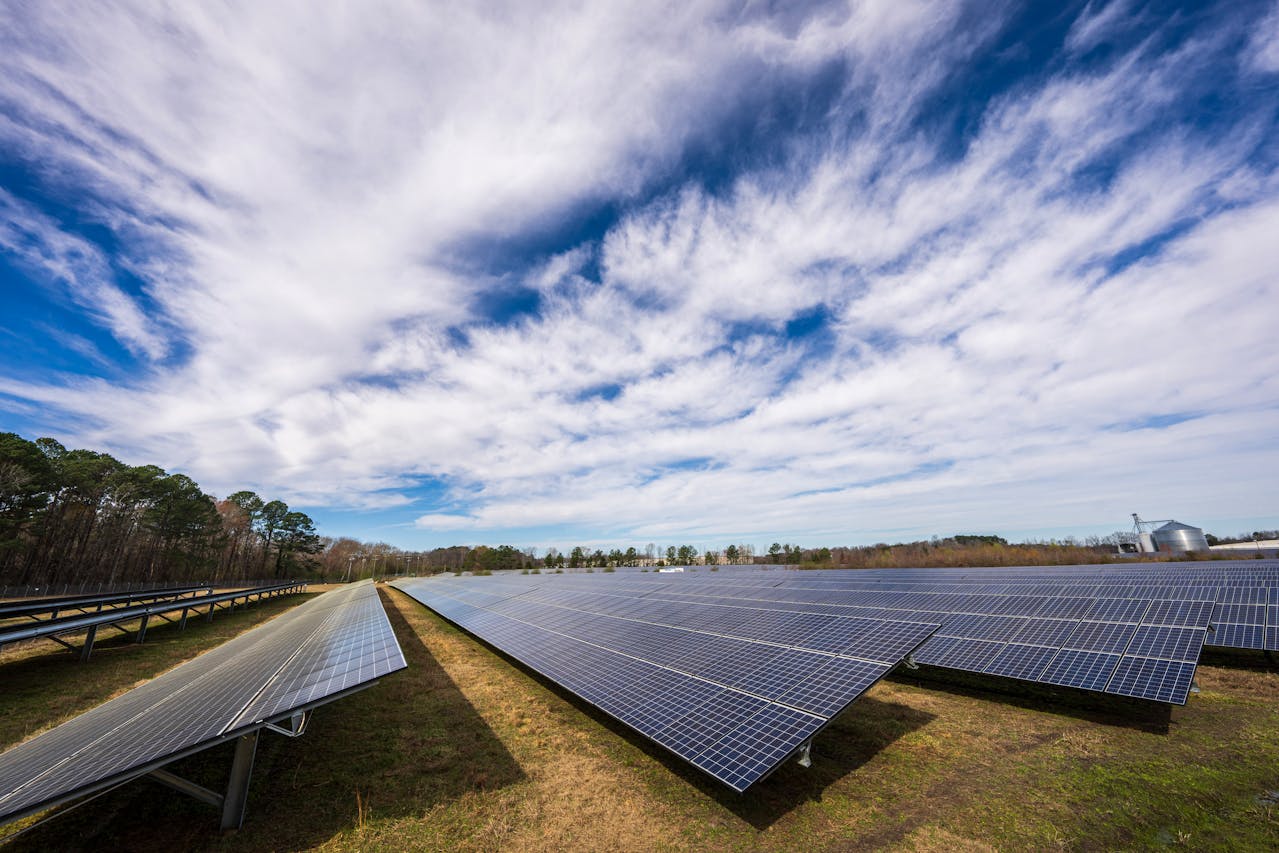Switching to solar energy is a great way to embrace a greener lifestyle while enjoying many benefits. Choosing solar power means capturing the sun’s energy to power your home, which helps reduce reliance on traditional electricity sources. With simple and efficient technology, solar panels offer a practical solution to rising energy costs and environmental concerns.
Modern solar systems are designed for ease of use, making them accessible to many homeowners. Today’s solar installations are straightforward, involving just a few components that work seamlessly together. With so many financial incentives available, more people are finding solar energy to be an affordable option.
The advantages of solar energy aren’t limited to just cost savings. Solar panels require minimal maintenance, meaning you can enjoy years of uninterrupted service. Solar power is a step toward a sustainable future, making it a clear choice for responsible energy consumption. By embracing solar, you’re making a positive impact on the planet and your wallet.
Understanding Solar Technology
Solar panels work by capturing sunlight and converting it into electricity. This process begins when sunlight hits the solar panels, which are made up of many solar cells. These cells are usually made from silicon, a material that conducts electricity well. When sunlight enters the cells, it excites electrons, setting them into motion and creating an electric current.
The components of a solar system are designed to be simple and efficient. Solar panels, for instance, are built to withstand various weather conditions while maintaining their ability to harness the sun’s energy. Inverters play another crucial role by converting the direct current (DC) electricity generated by the panels into alternating current (AC), which is what powers your home. This transformation is vital because AC is the standard form of electricity used in household appliances.
Advancements in solar technology have made installation much easier. Nowadays, solar panels are more efficient, capturing more sunlight in compact sizes. Newer systems can be installed faster, minimizing disruption to your daily life. These improvements mean many homeowners can transition to solar energy without worrying about complicated setups or lengthy processes. Innovations like microinverters and power optimizers further simplify the setup by optimizing output and monitoring performance, making solar technology more accessible than ever.
The Solar Installation Process Made Easy
Installing solar panels at home is simpler than it seems. The process typically starts with a site assessment. A solar professional visits to evaluate your roof and decide the best panel placement for maximum sunlight exposure. They also consider factors like roof structure and shading from trees or nearby buildings. After the assessment, you receive a custom solar plan tailored to your home’s specific needs.
Once you agree to the plan, the installation moves forward with securing permits, which the solar company usually handles on your behalf. Next comes the installation phase. This involves mounting panels on your roof and connecting them to your home’s electrical system. A typical residential installation takes one to three days. The timeframe depends on the size of the system and weather conditions.
Homeowners often worry about disruptions during installation, but experienced teams ensure minimal interference with your daily routine. Most installations are straightforward, thanks to pre-engineered systems and trained crews. Once installed, the system undergoes inspection to ensure everything is up to code. After passing inspection, the system is tested. This final step transitions your home to clean, renewable solar energy, letting you start benefitting from reduced utility bills. Understanding the straightforward process helps alleviate concerns, making it easier to embrace solar energy confidently.
Financial Incentives and Savings
Switching to solar energy can seem pricey, but various financial incentives help reduce costs. Homeowners can take advantage of tax credits and rebates that make solar systems more affordable. The federal solar investment tax credit (ITC) allows homeowners to claim a significant percentage of installation costs as a credit on their federal taxes. Many state and local governments offer additional incentives that can further decrease the initial investment.
Once installed, solar energy systems significantly lower monthly utility bills. By generating electricity from sunlight, homeowners reduce their reliance on traditional power sources, leading to smaller energy bills. In some cases, excess electricity can be sold back to the grid, earning homeowners credits or payments, a practice known as net metering.
The return on investment for solar panels is attractive. After accounting for incentives and savings on electricity bills, most homeowners see a payback period in just a few years. Over the lifespan of the system, which is typically 25-30 years, homeowners save tens of thousands of dollars. These financial benefits make solar energy an affordable option that pays off long-term.
Maintenance and Longevity of Solar Panels
One of the appealing aspects of solar panels is their low maintenance needs. Once installed, solar panels require minimal upkeep. They have no moving parts, meaning there is little risk of mechanical failure. Routine checks and cleaning ensure they operate at peak efficiency. Dust or debris can affect performance, so occasional cleaning is helpful.
Solar panels are built to last and typically come with warranties of 20 to 25 years. They are designed to withstand harsh weather conditions, including hail, snow, and strong winds. Advances in materials and manufacturing techniques have improved their durability and efficiency, allowing them to produce energy consistently over their lifespan.
Simple maintenance practices can help optimize performance. Regularly inspecting panels for any visible issues, ensuring surrounding trees or structures do not cast shadows, and monitoring energy output with apps or systems that provide real-time data are effective ways to maintain efficiency. With these easy steps, homeowners can enjoy the benefits of solar energy for many years.
Conclusion
Switching to solar energy is an effective way to embrace sustainability while enjoying financial savings. With incentives and reduced utility bills, solar panels offer significant cost benefits over time. The low maintenance and long lifespan of solar systems make them a smart investment for any homeowner aiming to reduce their environmental impact and energy expenses.
Solar technology continues to evolve, offering even more efficient and affordable ways to harness clean energy. By choosing solar, homeowners contribute to a greener future while reaping the economic advantages of renewable energy. The transition to solar power becomes easier with every technological advancement, driving widespread adoption and environmental benefits globally.
Ready to make the switch to solar and start saving? Discover how Starlight Solar can help you enjoy the benefits of renewable energy. Our expert team provides tailored solutions to meet your needs, ensuring a smooth and rewarding transition to solar power. Take the first step towards a sustainable future with Starlight Solar today.






